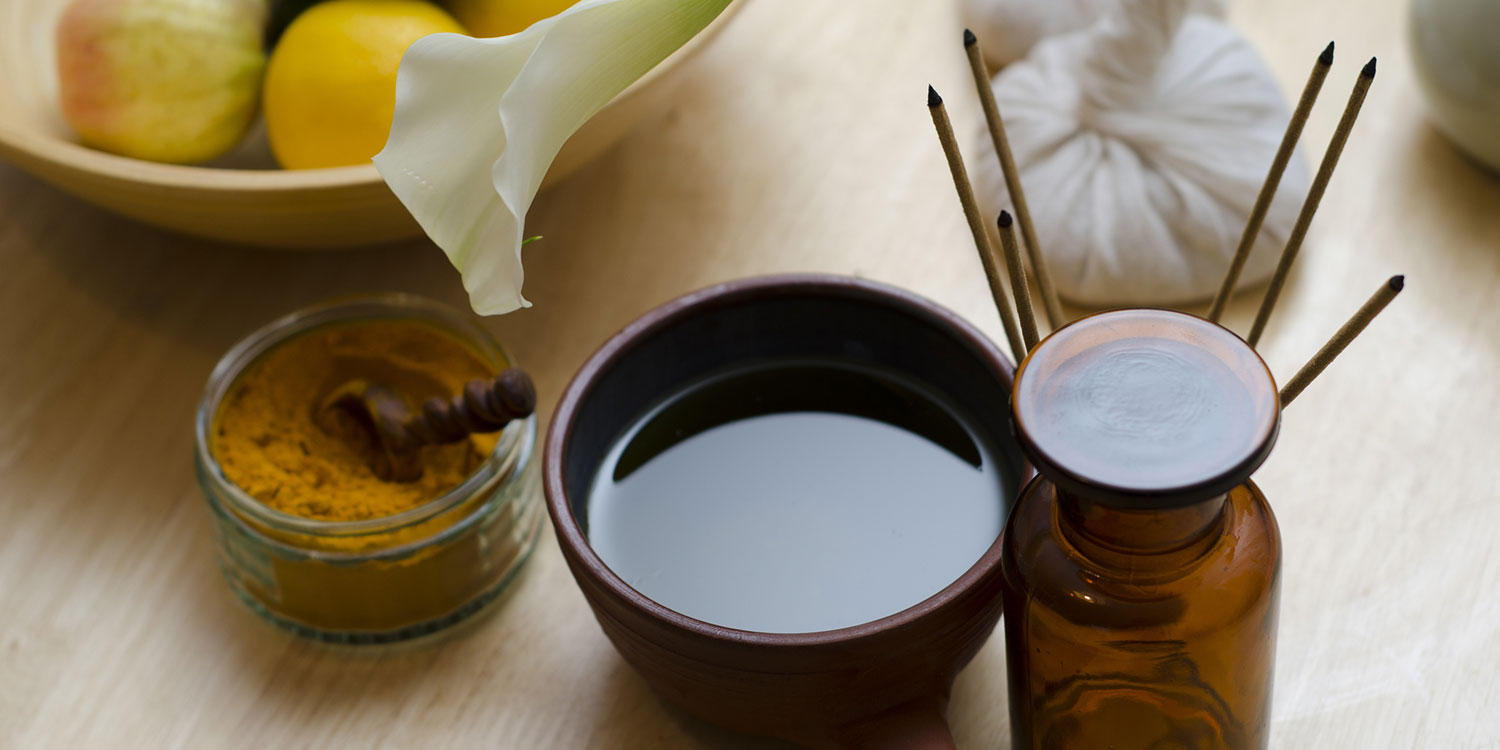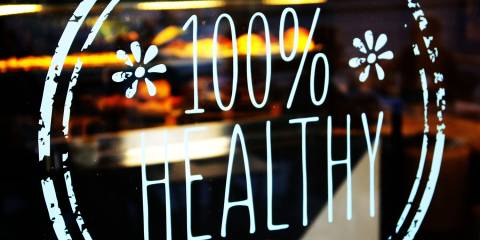If you’ve seen my show "A Model Guru", then you may have already figured out the diverse number of ways that the ancient medical system of Ayurveda can help people restore balance to their bodies.
On that show, I’ve helped people to overcome everything from psoriasis to back pain to hyperacidity in the stomach. Each of these ailments was the result of some imbalance that was then treated with the use of herbs as medicine, yoga postures, and treatments that include the application of specialized oils.
But did you know that Ayurveda can also guide us through an entire dietary lifestyle?
Balance Your Body
Each of us responds differently to imbalance. Some of us might get irritated skin (hives and acne), but some of us might experience dryness and be prone to wrinkling. Others might have oily skin that is less problematic than the layers of fat that sit underneath it.
The principles that form the basis of Ayurveda’s many modalities might help us to overcome something physical like psoriasis or hyperacidity, but they also show us why we’re inclined to itchiness or pain, inflamed joints or crackly ones. It shows us why our body exists as it does.
An Introduction to Doshas
Ayurvedic tradition teaches us how each of our bodies are a unique composition of the elements of fire, air, earth, water, and ether as determined by our parents’ own elemental nature. These five elements are combined into three basic humors or doshas that help us to assign qualities to the body.
An Ayurvedic practitioner makes a series of observations about a person to determine how these elements relate to each other, including anything from checking the patient’s pulse to investigating their tongue. With this information, they then determine the nature of the patient themselves. This determination helps them to make the recommendations they do to resolve their ailments.
And though this basic, elemental nature determines what herbs we should take and the diseases we are most prone to experience, it also determines what foods we should eat—and what sort of lifestyle we will most benefit from following as a whole.
Each decision we make and each meal we consume will have a unique impact on our particular composition of elements. And the three doshas that formulate the system we use to observe these elements? They inspire the foundation of three basic meals: the Vata meal, the Pitta meal, and the Kapha meal.
Moisturize: The Vata Meal
People with a lot of Vata energy might be prone to conditions associated with the airy, ethereal nature of this dosha: dryness of the skin, constipation, or more serious conditions like nervous disorders. These are various conditions that relate to movement, be it a lack of movement in the bowels or faulty movement in the nervous system.
How do we reverse this airiness? By consuming a nourishing diet that introduces more of the grounding, moisturizing influences to be found in some foods.
Foods that will further aggravate imbalanced Vata energy include dry fruits, raw vegetables, dry grains, and legumes. A typical Vata-balancing meal might include cooked vegetables like asparagus and carrots, white basmati rice, yogurt, nuts and/or seeds, olive or sesame oil, and a variety of different spices like black pepper, basil, coriander, and nutmeg. Other good foods for Vata constitutions include sweet fruits like peaches and bananas and natural sweeteners like maple syrup and honey.
Cool Off: The Pitta Meal
When we eat something, we metabolize our food. In Ayurvedic tradition, this is represented by the fire and water elements, as if the food we eat enters our stomach like it was being inserted into a boiling pot. People with a lot of this heating energy known as Pitta energy are prone to overheating their bodies in the form of irritated skin, hyperacidity, and complaints of the liver. Excessive Pitta energy leads to an inflamed, burnt-out body.
We add to this heat by consuming spicy foods, sour foods like pickles and yogurt, alcohol, and animal proteins. We can reverse this heat by cooling the body off. A typical Pitta-balancing meal might include sweet and bitter vegetables like broccoli, cauliflower, and potatoes, white basmati rice or barley, legumes other than lentils, coconut oil, and only a few cooling spices like coriander, cardamom, and saffron. Other good foods for Pitta constitutions include sweet fruits like apples and raisins and sweeteners like jaggery.
Heat Up and Move: The Kapha Meal
Without our body, all of the metabolizing and movement would be for naught. Our body provides a container for who we are, and sturdier bodies make for sturdier lives. But if the earthy, watery elements that combine to make Kapha energy become excessive, our body that could be sturdy becomes overweight and even congested. This is how we get respiratory ailments like asthma and become obese.
An excess of Kapha energy also leads us to feel lethargic, disengaged, and passive aggressive—issues that are exacerbated by eating too many sweet foods, nuts, seeds, sweeteners, oils, and dairy. We can help to reverse Kapha’s heaviness with a diet that gets us warmed up and moving.
A typical Kapha-balancing meal might include pungent vegetables like Brussels sprouts and radishes, barley or millet, most legumes like lentils and garbanzo beans, and pretty much every spice but salt. Other good foods for Kapha include pomegranates, cherries, and raisins.
Our health will always be a reflection of our lifestyle. When we know why certain foods affect us as they do, we can better overcome the difficult times and attract more of the appealing ones. And the extent to which our diet becomes an asset or a burden ultimately comes down to whether we choose to seek balance.
This begs the question: Which of these three meals will be yours?
To learn more about Ayurvedic Therapist Yogi Cameron, visit www.yogicameron.com!





